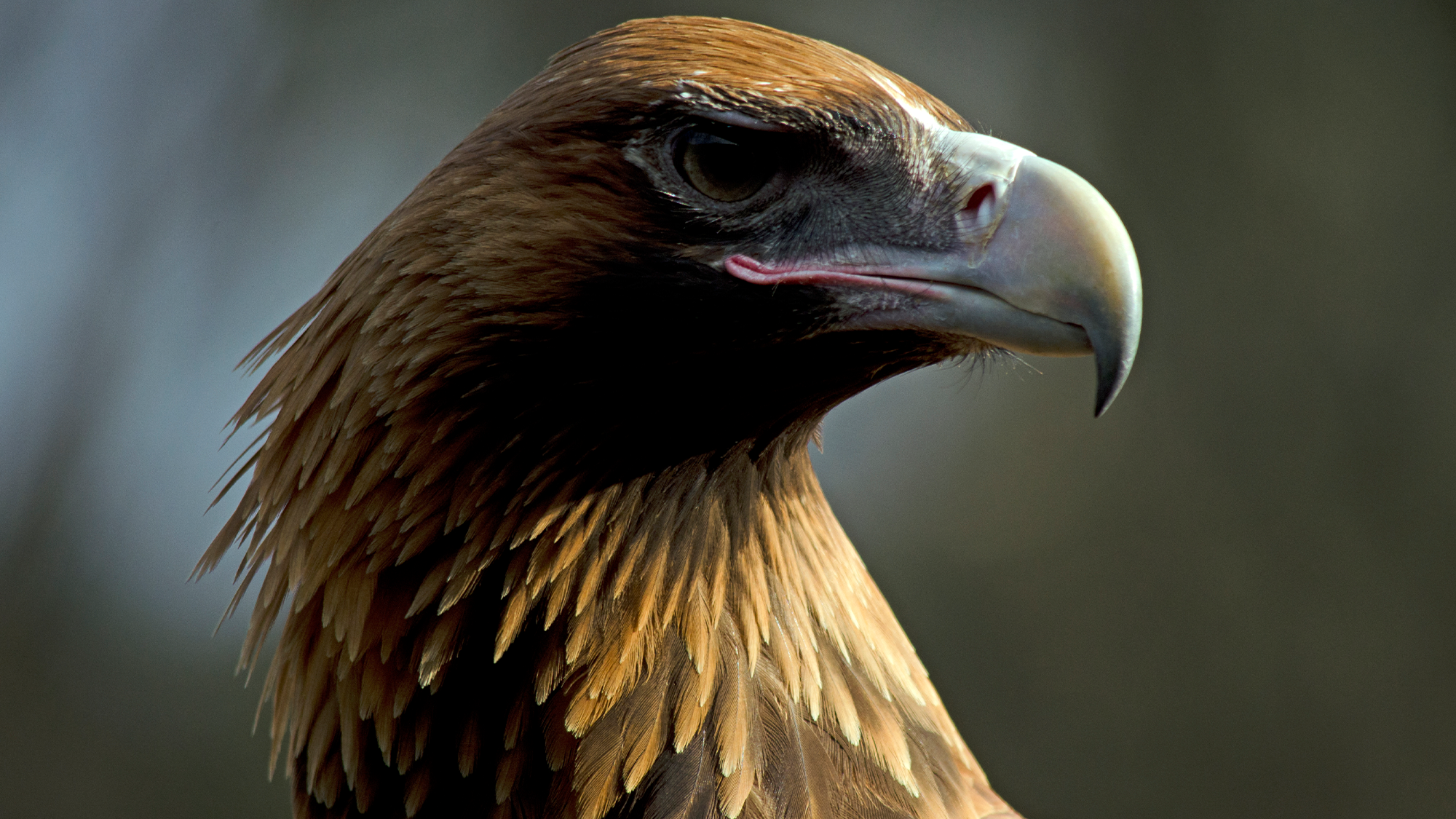

Over 60,000 years ago, an eagle relative with an almost 10 foot wingspan stalked the skies over southern Australia. Dynatoaetus gaffae (Gaff’s powerful eagle) had talons that could even snatch a koala or small kangaroo for dinner. The massive bird of prey was likely the largest continental eagle the world had ever seen.
A study published March 16 in the Journal of Ornithology details how a team of fossil hunters from Flinders University in Australia put together this bird’s story. Four large fossilized bones were collected in Mairs Cave southern Australia’s Flinders Ranges as far back as 1956 and 1969. The authors found an additional 28 bones scattered among the boulders in the site whoch helped them create a better picture of this giant extinct bird.
[Related: This dragon-like reptile once soared over Australia.]
This now extinct raptor is closely related to Old World vultures that prowled Africa and Asia during the Pleistocene. In today’s fauna, its closest relative is likely the critically endangered monkey-munching Philippine Eagle. During the late Pleistocene Epoch, when giant megafauna like the mammoth roamed the Earth and ice sheets and glaciers were growing, Dynatoaetuswas likely the top avian predator on the planet.
“It’s often been noted how few large land predators Australia had back then, so Dynatoaetus helps fill that gap,” said study author and Flinders University paleontologist Ellen Mather, in a statement. “This discovery reveals that this incredible family of birds was once much more diverse in Australia, and that raptors were also impacted by the mass extinction that wiped out most of Australia’s megafauna.”
Dynatoaetus and another recently described smaller bird named Cryptogyps represent a new genera of raptors that are unique to Australia.
“[Dynatoaetus] was humongous. Larger than any other eagle from other continents, and almost as large as the world’s largest eagles once found on the islands of New Zealand and Cuba, including the whopping extinct 13kg [28 pound] Haast’s eagle of New Zealand,” said Trevor Worthy, a study co-author and paleontologist at Flinders University, in a statement.
[Related: Giant wombats the size of small cars once roamed Australia.]
Dynatoaetus also coexisted with the Wedge-tailed Eagle, a species that currently lives in Australia. The team says that this has interesting implications.
“Given that the Australian birds of prey used to be more diverse, it could mean that the Wedge-tailed Eagle in the past was more limited in where it lived and what it ate,” said Mather. “Otherwise, it would have been directly competing against the giant Dynatoaetus for those resources.”
Most of Australia’s eagles and vultures like the Dynatoaetus went extinct about 50,000 years ago, along with most of the continents’s megafauna. One 2020 study found that a possible explanation is extreme environmental change and deterioration (loss of water, increased burning of trees and grass, etc.) that wiped out at least 13 super-sized megafauna species, including the world’s largest wombats and kangaroos.